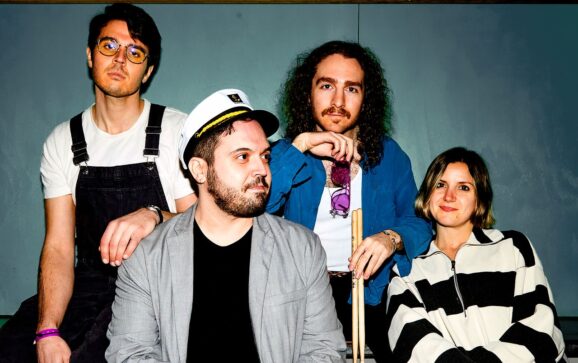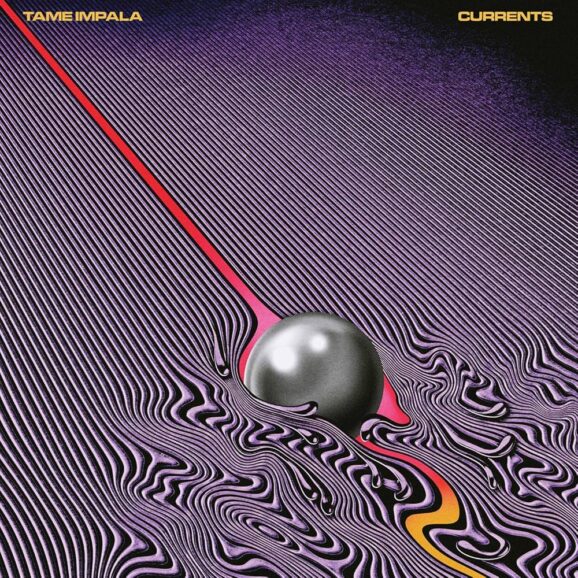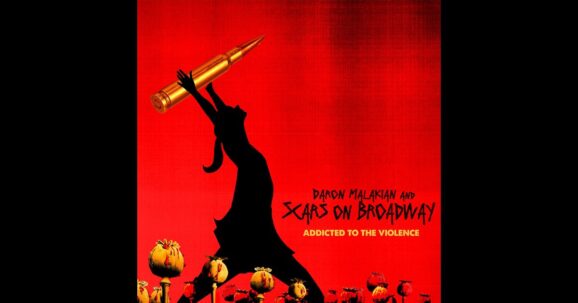[rating=7.00]
In retrospect, The Blair Witch Project was pretty tame. That granddaddy of the found footage subgenre may have kicked off a brand new trend in horror filmmaking, but in the 17 years since its release other filmmakers have pushed the genre to new heights, breaking boundaries and crafting the occasional surprising narrative from the limitations of the form. Looking back now, away from all the hype and the “Is it real or is it just a movie” madness that swirled around the initial release of The Blair Witch Project, it almost feels quaint. Kind of cute, actually.
With everything that’s happened to found footage—that mountain of awful that hid the occasional boulder of awesome—it’s often hard to remember the king. Ain’t that just the way of things? The old and grey get pushed aside for the new and shiny, and the greats of yore fall by the wayside. With Blair Witch, a movie whose production and premise were kept secret for years until the last possible moment, the franchise seeks to reclaim its position as the king of this particular heap. Mostly, it’s successful.
Blair Witch serves both as a sequel to and soft-remake of the original film. James (James Allen McClune) and his friends journey into the woods so that Lisa (Callie Hernandez) can make a documentary about James finding closure following the mysterious disappearance of his sister—Heather, from The Blair Witch Project—after she herself went into the woods to make a documentary of her own. Once in the woods, the group of young filmmakers find themselves beset by mysterious occurrences that may or may not lend credence to the existence of a local legend.
Much of Blair Witch feels largely like a rehash of its predecessor (not Blair Witch 2, however—the film doesn’t acknowledge the existence of that narrative at all, though, then again, who does?) and often suffers from the same pitfalls of The Blair Witch Project. It takes too long to get where it’s going, there’s an awful lot of meandering, and, goddammit, rock piles aren’t scary. But thanks to a much needed infusion of talent by way of the filmmaking duo of director Adam Wingard and writer Simon Barrett (You’re Next), Blair Witch often finds itself improving upon the once groundbreaking classic.
Wingard and Barrett comprise one of the best teams currently working in horror. Together, they have a deep and intimate understanding of how horror works and what it needs to do in order to be effective. While Blair Witch takes a bit too long to get to its point, when the horror begins the fear is cranked way up from the original. This is a duo with a keen insight into found footage—their segments in V/H/S (“Tape 56”) and V/H/S/2 (“Tape 49” for Barrett and “Phase 1 Clinical Trials” for Wingard) were some of the best that anthology series had to offer—and they use all their talents here to pull off this reimagining of the Blair Witch legend.
It also helps that portable video technology has come a long way since the days of the original film. No longer is the film forced to come up with contrived ways to explain why its stars are filming; these days we’ve got micro cameras you can wear on your face and flying drones and webcams, all of which are used to great effect. And where The Blair Witch Project made a big deal of its improvisational style, Blair Witch feels as though it was actually planned and written out.
All of this serves to heighten the intensity of the horror that the Blair Witch is supposed to represent. More of the mythos is explained, but not in detail great enough to lessen the mystery of what’s happening. Instead, Barrett and Wingard give us enough pieces of the puzzle to reveal just enough without going too far.
Unlike its predecessor, there’ll be no mistaking this film for the real thing and at no point does the film try to make us think we’re watching anything other than a movie (aside from the genre-necessary notice that this film was pieced together from footage found in the woods). Where The Blair Witch Project used actual unknowns, Blair Witch uses experienced, if unrecognized, actors, which goes a long way towards selling itself. Too often The Blair Witch Project felt like what it is—a bunch of amateurs playing with cameras. Here, we’ve got professionals playing with cameras, which overall works well.
Still, there were moments where the choppy editing made it hard to tell what was going on—which was probably the point, but it did get mildly confusing here and there—and Blair Witch will be every bit as nauseating to watch for some audiences as the original was. Those prone to motion sickness may want to wait a few months to catch this at home, lest their popcorn bucket serve another purpose mid-movie.
Even with these problems, and the almost-but-quite-unbearable length of time it takes to get going, Blair Witch manages to find thrills and real terror in a genre and franchise that have both been tired for years now. While the buildup may prove too insurmountable an obstacle for some audiences to overcome, the wait is worth it for those that don’t mind, and Blair Witch rewards your patience in kind.
In the end, Blair Witch is almost entirely unnecessary, but it seems to know this and relish in that fact anyway. At no point does it try to replace the original; rather, it serves as a nice companion piece, one that ends up becoming as scary as everyone thought The Blair Witch Project was in the first place. Seventeen years a long time for a genre to evolve, and the differences between the two films showcase that well. Perhaps, with this film, the genre can go out as it came in—on a terrifying high note.
Blair Witch is now playing in theaters everywhere.










